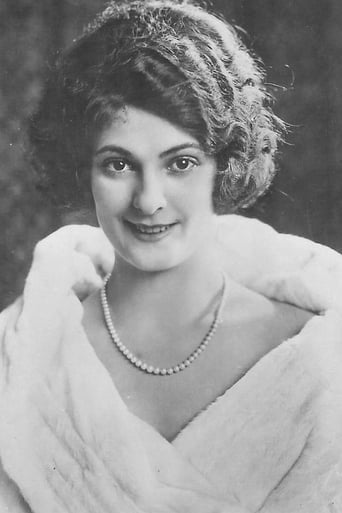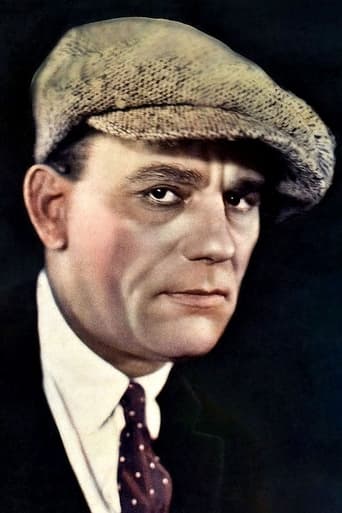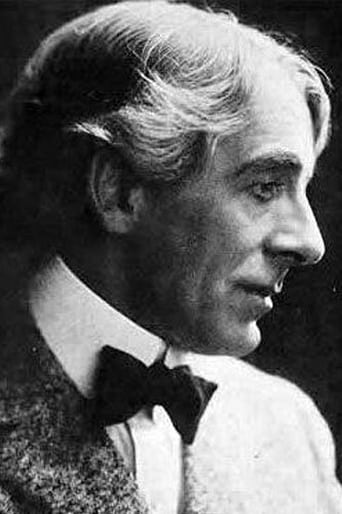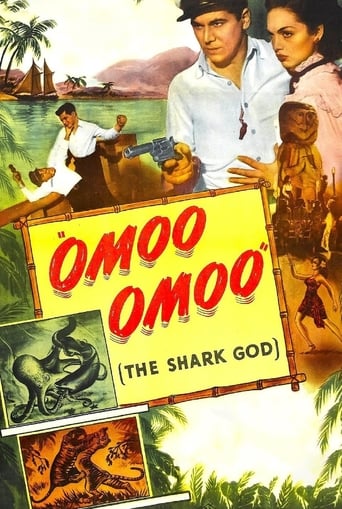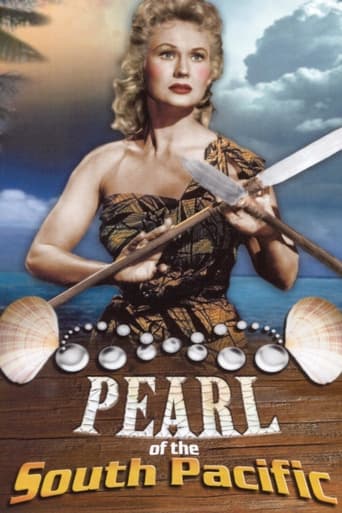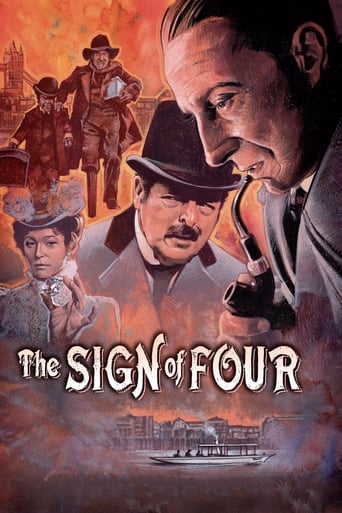
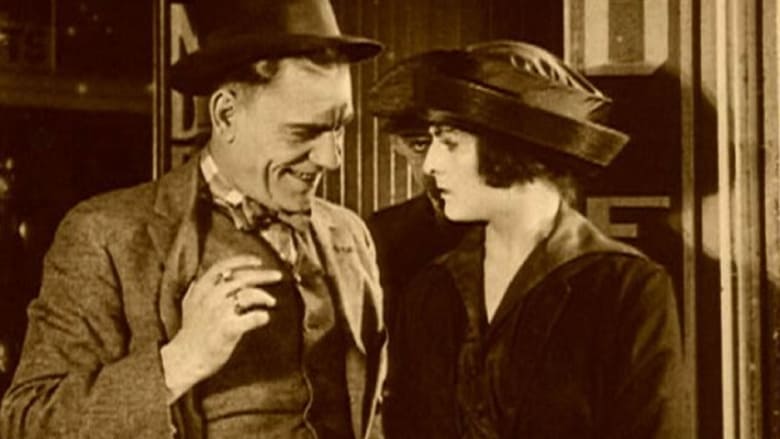
The Wicked Darling (1919)
A slum girl is forced to steal for a living. After she swipes a rich society's matron's necklace, she hides out at the home of a man who turns out to be the socialite's former fiance.
Watch Trailer
Cast


Similar titles
Reviews
Overrated
A brilliant film that helped define a genre
This is a must-see and one of the best documentaries - and films - of this year.
The film never slows down or bores, plunging from one harrowing sequence to the next.
Having seen "Outside the Law", the second Browning-Chaney-Dean feature, I can say "The Wicked Darling" feels almost like a prelude to that film. When you watch this film it looks like some of the sets were used in "Outside the Law". Browning seems to want to finish in "Outside the Law" what he started in this film. There's even a gruesome fight scene (two in fact) with Chaney & the hero here(Wellington Playter) as there would be between Chaney & Wheeler Oakman in "Outside the Law". Priscilla Dean is one of the best actresses of the silent era & I look forward to checking out her other silent films like Browning's "The Virgin of Stamboul" (unfortunately minus Chaney). The version of this film comes from the remaining 35mm print in the Nederlands Filmmuseum and it has tremendous beginning stages of nitrate decomposition. Fortunately this film was rescued in the knick of time. Dean's character at the opening of the film comes off as a thief in cahoots with Chaney but its insinuated that she also moonlights as a prostitute with Chaney her pimp. Browning seemingly sets up the viewers imagination on Dean's activity while early in the film showing Gertrude Astor as a 'kept woman' for Wellington Playter. Astor leaves Playter after he goes broke. With good chunks of the film lost and this being an abridged foreign release anyway, more imagination is still left to the viewer. But Browning's customary last act of redemption for the crooked Priscilla Dean is identical in Outside the Law.
"The Wicked Darling" is remembered today because it is an early Lon Chaney film but when it was made people went to see it because Priscilla Dean was the star. During 1918-19 she was being groomed as Universal's top female star. "The Wicked Darling" was a typical role. She was often cast as an adventuress, a burglar, in "The Exquisite Thief" she played "Blue Jean Billie" whom "you adored even when she robbed you blind". She made 9 features with Tod Browning as director - he knew how to showcase her to advantage.In "The Wicked Darling" she plays Mary Stevens - "the Gutter Rose" - who is forced to become a pick pocket. One night she is told by "Stoop" (Lon Chaney) to go to the Davenport reception and mingle. While there she steals some pearls that have been accidentally dropped. Adele Hoyt (Gertrude Astor, who was one of stars in "The Cat and the Canary" (1927))learns that her fiancé, Kent Mortimer is now penniless and breaks off their engagement. Adele doesn't return his pearls but loses them when she is leaving.Running from the police Mary takes refuge in Mortimer's house. His trust in her makes her want to change her ways and she is working as a waitress when she meets him again. I think that Martha Mattox (the creepy housekeeper from "The Cat and the Canary") plays the head waitress. A friendship develops (Mary has not confessed to having the pearls). When Stoop finds her again a scuffle ensues and Mortimer is shot. Even though Mary nurses him back to health, when he learns of her old associations he banishes her back to the gutter.Lon Chaney is really threatening as "Stoop". He is not above hurting Mary to get what he wants and it is only the presence of the burly bartender (Kalla Pasha) that protects Mary.The film has a realness about it due to Tod Browning's gritty direction. Some of the night scenes were actually filmed at night (unusual at that time) and real locations were used.The DVD I have is copied from the sole surviving print preserved by the Netherlands Filmmuseum. It shows damage and mold and there are some missing scenes. The score, which I liked, was arranged from popular songs of the period. I enjoyed it very much and can recommend it.
Chaney and Browning's first collaboration is a more interesting film in the final analysis than what it at first appears to be. Basically on a superficial level what we have here is the basic crime and redemption story. Mary Stevens (Priscilla Dean) is a young thief who hangs out with various questionable sorts, who are led by "Stoop" Connors (Lon Chaney). She steals a necklace from a wealthy lady just before running into her fiancé Kent Mortimer (Wellington Playter) who she promptly falls in love with. Chaney and his fellow criminals (including a bizarre pale-faced fence) try to intimidate Mary into turning over the jewels even though she had decided to turn straight. She does eventually sell some of them in order to help Mortimer pay his rent -- he was wealthy but has now fallen on hard times. One key here is that Mortimer's girlfriend, the one who had the gems stolen from her (Gertrude Astor... perhaps a real socialite to judge by the name?), turned him down for marriage because he wasn't rich enough. So in the end after defeating Connors and his thugs, (SPOILERS) and after a full hour of hearing Mortimer moralize about all kinds of subjects, the two of them use the money from the necklace to run off to the country and start a pig farm. "At least we didn't throw our pearls before swine" they laugh as the credits roll. I don't know if this made much sense in terms of the overall narrative (why was Mortimer so adamant about not wanting to be with a thief, only to change his mind completely in the end?), it sure was more interesting than the ending you would expect.Chaney's performance is solid but not a stand-out for him. It's basically the same as his work in Browning's subsequent "Outside the Law" (natch for Dean, who at least had honed her saucy demeanor more by the latter effort) except that here he plays only one role. Playter has too much gravity (both literally and spiritually) on screen to be a fun or amusing lead character. Although at the end he does gain some depth I suppose. There are many standouts among the supporting cast, particularly Kalla Pasha who plays the bartender and shows off his patented wrestling moves -- latter day Tor Johnson and Hulk Hogan fans will be pleased. Browning's camera work is characteristically plain, though there is one interesting shot of Mary from the head up that pans down her face through a veil. He brings more realism to the proceedings than is normal with what looks like real night-time photography and the collection of real-life characters (like Pasha) in the supporting cast.A film that will be of interest to anyone who likes Chaney and Browning or who is interested in the early crime pictures of the 1910s, though "Outside the Law" is a bit more substantial I believe.
At its heart a cheap melodrama of the time. Lon Chaney as the thief forcing the poor heroine Priscilla Dean into crime is very Lon Chaney.The reconstructed print was made from material in fair to poor condition and is missing perhaps 15 percent of the original.


